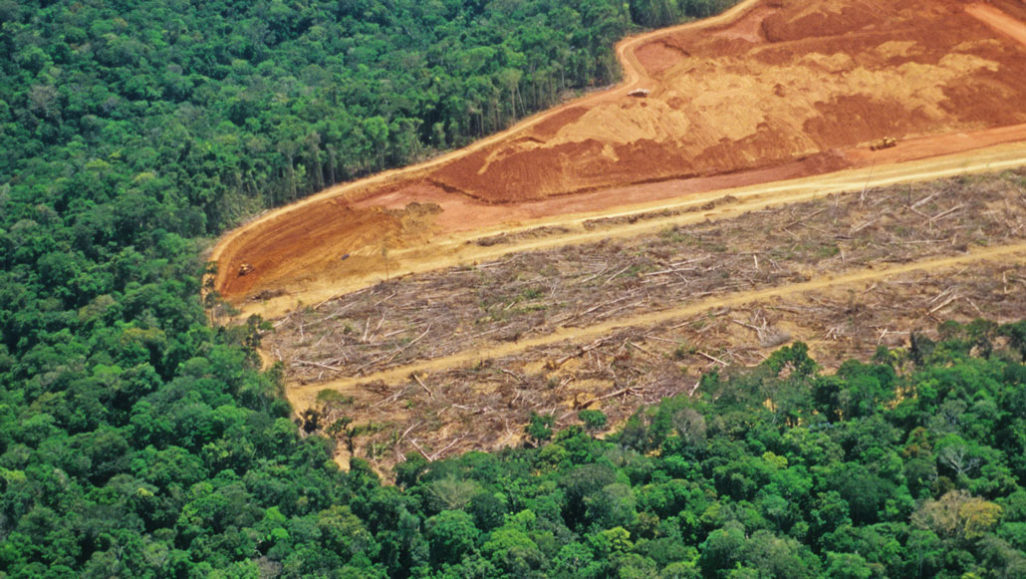Questions for ‘Can people protect as much space as nature needs?’

Habitat loss, such as this clear-cutting in the Amazon (shown), is one of the major threats to plant and animal diversity worldwide. Governments are drafting an ambitious new set of conservation targets to safeguard species and prevent further losses.
luoman/E+/Getty Images Plus